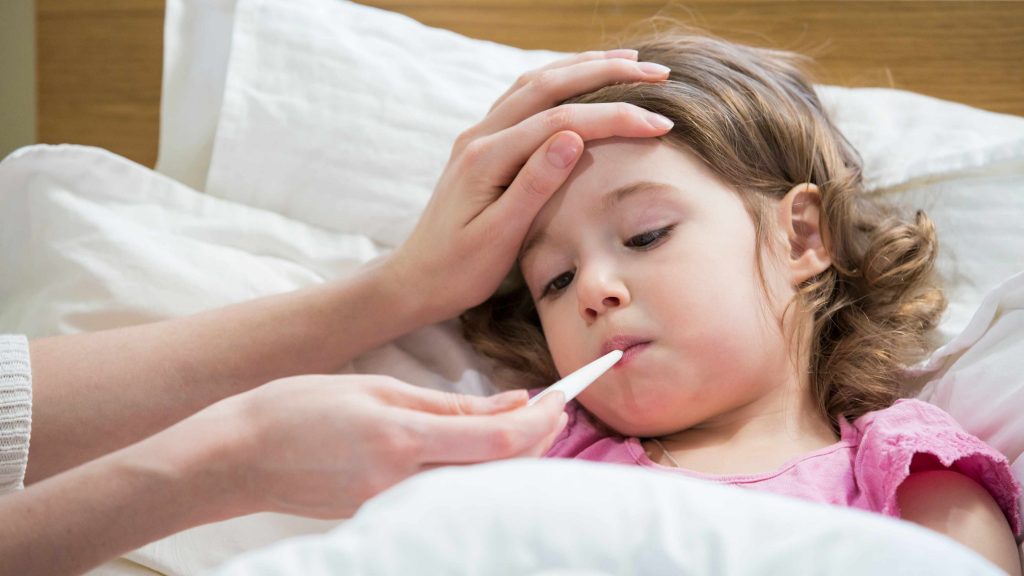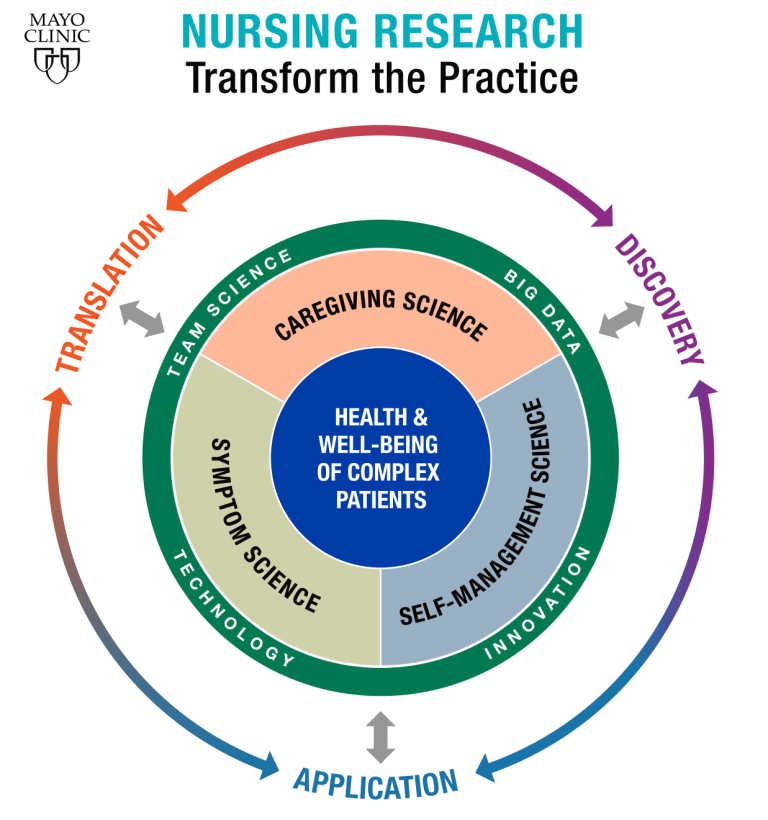-
Infectious Diseases A–Z: Influenza’s second wave

Flu activity in the U.S. remains high and is expected to continue for weeks. So far this flu season, the Centers for Diseases Control and Prevention estimates 29 million flu illnesses and 280,000 hospitalizations, as well as 16,000 deaths from the flu, including more than 100 children.
Influenza A is currently the dominant strain of influenza circulation, but the flu season didn't start that way.
"Similar to last year, we have seen two waves of influenza," says Dr. Nipunie Rajapakse, a pediatric infectious disease specialist with Mayo Clinic Children's Center. "The season started with a wave of influenza B which tends to affect children. Because there's not as much change in influenza B over time, most older people and adults have been infected with influenza B strains in the past, and have some protection. But children, unfortunately, don't have that benefit. Influenza B strains tend to affect younger children more seriously than others."
Watch: Dr. Nipunie Rajapakse talk about the flu season.
Journalists: Broadcast-quality sound bites with Dr. Nipunie Rajapakse are in the downloads at the end of the post. Please "Courtesy: Mayo Clinic News Network."
Dr. Rajapakse stresses that it's not too late to get vaccinated.
"We have a flu vaccine that can prevent influenza illness," says Dr. Rajapakse. "We know that having the vaccine decreases your chance of severe illness, it decreases your chances of having to be admitted to a hospital or an ICU because of the influenza infection, and it decreases your chance of dying. It’s still really important that everyone get the flu vaccine, and the flu vaccine is recommended for anyone over 6 months of age."
Along with vaccination, there are ways to help prevent getting sick or spreading germs.
- Wash your hands. Thorough and frequent hand-washing is an effective way to prevent many common infections. Or use alcohol-based hand sanitizers if soap and water aren't readily available.
- Contain your coughs and sneezes. Cover your mouth and nose when you sneeze or cough. To avoid contaminating your hands, cough or sneeze into a tissue or into the inner crook of your elbow.
- Avoid crowds. The flu spreads easily wherever people congregate — in child care centers, schools, office buildings, auditoriums and public transportation. By avoiding crowds during peak flu season, you reduce your chances of infection. And if you're sick, stay home for at least 24 hours after your fever subsides so that you lessen your chance of infecting others.
Information in this post was accurate at the time of its posting. Due to the fluid nature of the COVID-19 pandemic, scientific understanding along with guidelines and recommendations may have changed since the original publication date.
Check the Centers for Disease Control and Prevention website for additional updates on COVID-19. For more information and all your COVID-19 coverage, go to the Mayo Clinic News Network and mayoclinic.org.







